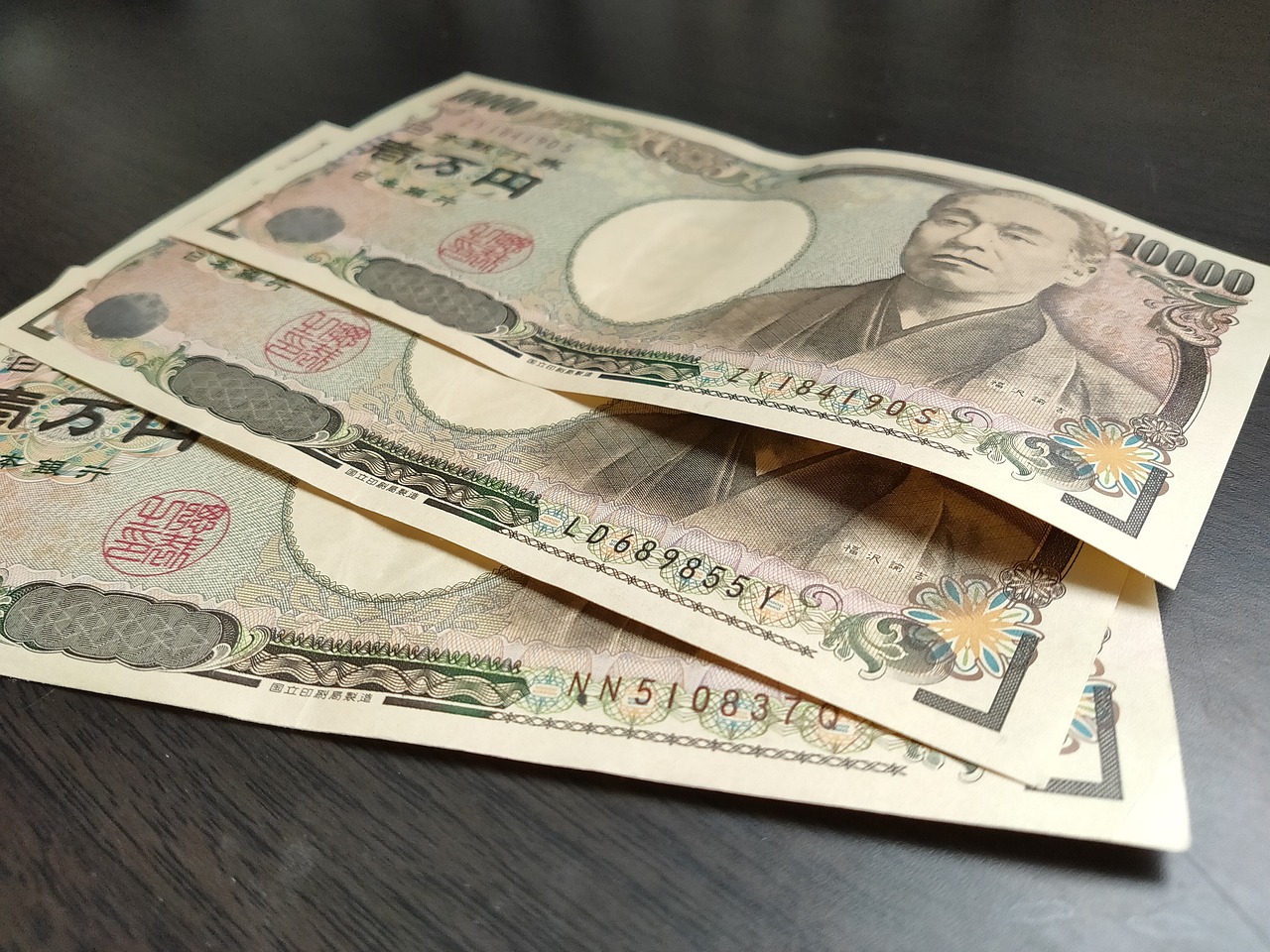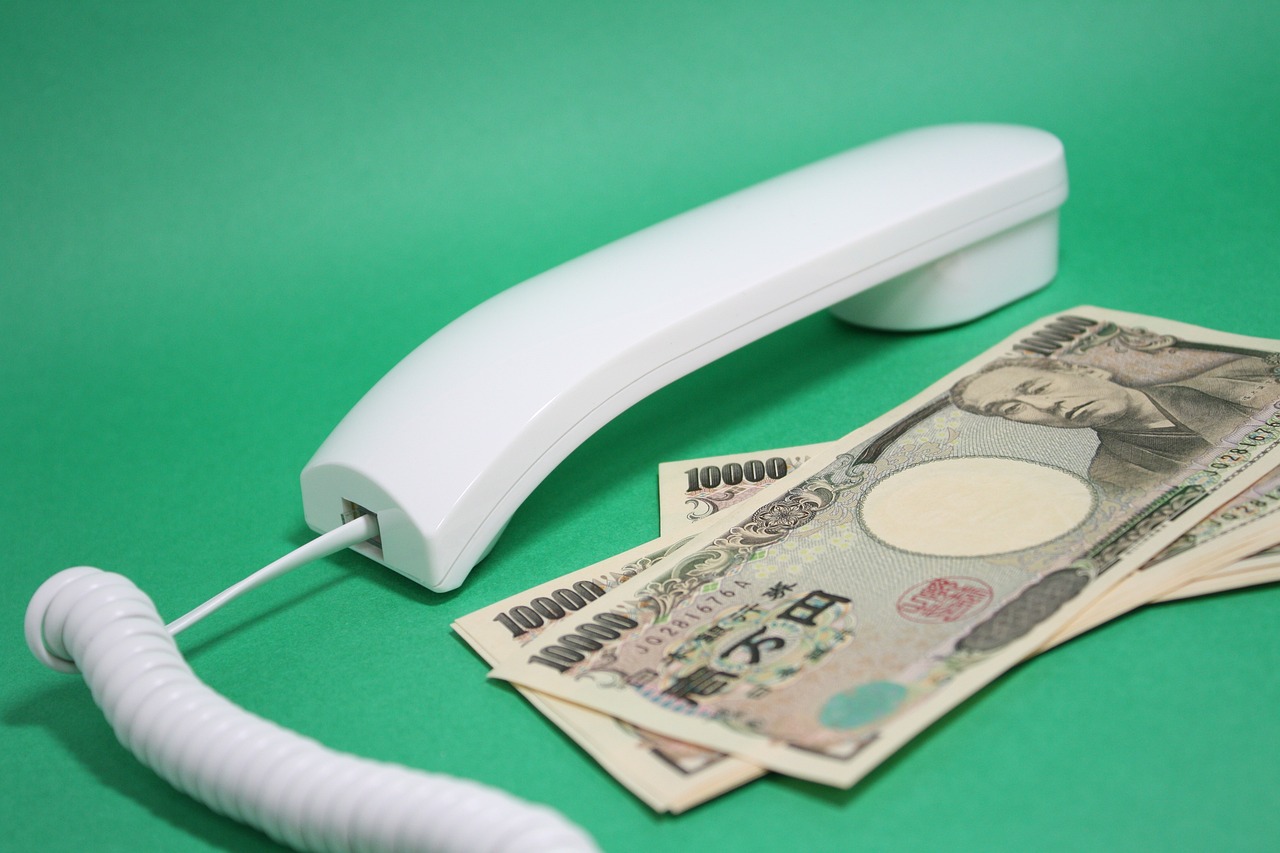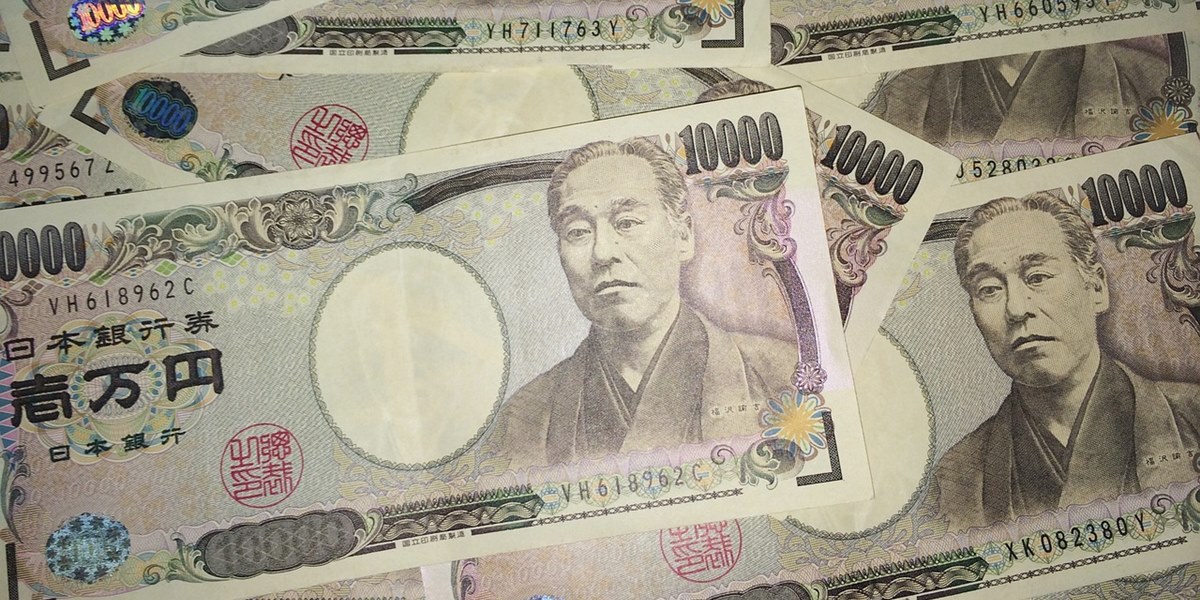Kapanlagi.com - In Japanese, bank expressions literally mean "silver house". Like in many countries, banks play an important role in Japan's economy, both as financial institutions and as part of the modernization history of the country.
At the end of the 19th century, a modern banking system was introduced, becoming an essential foundation for economic growth. This article will explain bank expressions in Japanese along with example sentences and a brief history of banking development in Japan.
For those of you who want to know, here are bank expressions in Japanese, complete with example sentences and its history. Let's check it out, KLovers!
1. Bank Expressions in Japanese

Illustration (credit: pixabay.com)
In Japanese, the word for bank is "ginkou". The term ginkou consists of two kanji characters: "gin", which means "silver" or "money", and "kou", which can be interpreted as "to go" or "to do". When combined, these two characters form a meaning that refers to a financial institution.
The use of the character gin in the word for bank in Japanese reflects a long history where precious metals like silver were often used as a medium of exchange before the advent of modern currency. Meanwhile, the character kou in this context indicates activities or operations related to finance.
The bank in Japanese, called ginkou, is not just a direct translation of the word "bank", but also carries a cultural nuance that reflects the development of the financial system in Japan. This term for bank in Japanese is widely used in everyday life, business, and financial regulation in Japan.
Banks in Japan, both domestic banks and branches of international banks, generally use this term in their official names, such as in "Nippon Ginkou" or Bank of Japan, the central bank of the country. Understanding the term ginkou is not only in the context of language but also of the financial system and business culture in Japan.
2. Examples of Bank Sentences in Japanese

Illustration (credit: pixabay.com)
To better understand bank expressions in Japanese, KLovers can also learn examples of bank sentences in Japanese. These sentences show how the word ginkou is used in various everyday contexts in Japan. Here are some example sentences:
1. "Ashita ginkou ni ikanakereba narimasen."
Meaning: I have to go to the bank tomorrow.
2. "Kono ginkou no ATM wa nijuuyojikan riyou dekimasu."
Meaning: The ATM of this bank can be used 24 hours.
3. "Ginkou de kouza wo kaisetsu shitai no desu ga."
Meaning: I want to open an account at the bank.
4. "Ginkou kara roon no shounin ga orimashita."
Meaning: I received loan approval from the bank.
5. "Ginkou no madoguchi wa gogo sanji ni shimarimasu."
Meaning: The bank counter closes at 3 PM.
6. "Ginkou furikomi de shiharai wo onegaishimasu."
Meaning: Please make the payment via bank transfer.
7. "Kono ginkou wa, saabisu ga yoi to hyouban desu."
Meaning: This bank is known for its good service.
3. History of Banking in Japan

Illustration (credit: pixabay.com)
The history of banking in Japan has a long and interesting trajectory, reflecting the economic and social changes of the country. Here is a brief explanation of the history of banks in Japan:
Pre-modern Era
Before modernization, Japan used a traditional financial system involving merchants and money exchange houses. During the Edo period (1603-1868), institutions such as ryogae-ya served as predecessors to modern banks, handling currency exchange and loans.
Early Modernization (Meiji Era, 1868-1912)
1. Year 1872: Establishment of the National Banking Act, which introduced a Western-style banking system.
2. Year 1882: Establishment of the Bank of Japan (Nippon Ginkou) as the country's central bank.
3. This period saw rapid growth of private banks and the formation of zaibatsu (family conglomerates) that often owned their own banks.
Taisho Era and Early Showa (1912-1945)
1. The banking system continued to evolve with specialized industrial and agricultural banks.
2. The financial crisis of 1927 led to consolidation in the banking sector.
3.During World War II, banks became increasingly tied to the government's war efforts.
Post-War Period
1.Post-war reforms brought about the deconcentration of zaibatsu and the reorganization of the banking system.
2.The 1950s and 1960s: The "Japanese economic miracle" with banks playing a key role in financing industrial growth.
3.The 1970s and 1980s: Internationalization of Japanese banks and gradual deregulation.
Economic Bubble and Aftermath (1980s - 1990s)
1.Late 1980s: Banks engaged in massive speculative lending, contributing to an asset bubble.
2.Early 1990s: The collapse of the economic bubble, leading to a prolonged banking crisis.
3. Late 1990s: Massive restructuring of the banking sector, including the nationalization of several major banks.
Contemporary Era (2000-present)
1.Further consolidation in the banking sector, with the formation of "megabanks".
2.Increased focus on retail banking services and internationalization.
3.Adaptation to new technologies such as online and mobile banking.
4.Continuing challenges including a low interest rate environment and an aging population.
The history of Japanese banking reflects the country's journey from feudalism to modernity, through rapid economic growth, crises, and adaptation to global changes. Japanese banks continue to evolve, facing new challenges while maintaining some unique traditional practices.
These are the expressions of banks in Japanese that KLovers can know. Expressions about banks reflect the importance of this institution's role in Japan's history and economy.
(kpl/dhm)
Disclaimer: This translation from Bahasa Indonesia to English has been generated by Artificial Intelligence.















